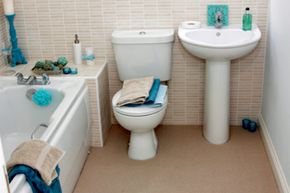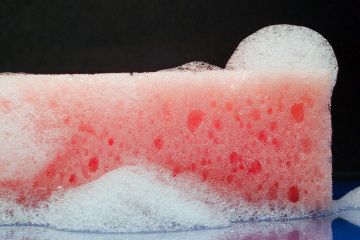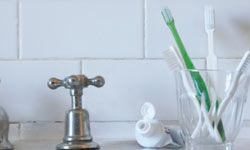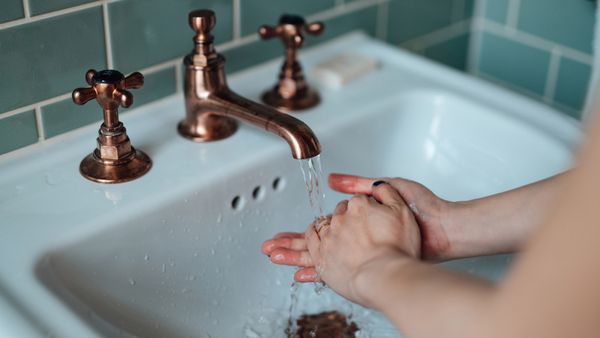Cleaning your toilet usually consists of a quick swipe around the toilet bowl, then flush and you're done. Toilets that get used regularly are a little easier to keep clean because the frequent flushing keeps water and air circulating, which prevents things from building up. And by things, we mean household nasties, like mold and bacteria. But if you have an extra toilet in the house that isn't used very often, or you go on vacation for a week or two, you're probably going to open the lid and find a ring of mold around the bowl from sitting water. And if it's in your bowl, it's likely in your tank, too.
Cleaning the inside of your toilet tank probably isn't on your weekly list of chores, but it's a good idea to do once in a while to help keep germs at bay and keep all of the mechanics located inside the tank in good working order. Not to mention that minerals found in tap water like lime and calcium will eventually accumulate and gum up the works, so it's a good idea to occasionally de-scale the tank.
Advertisement
Cleaning the inside of your toilet tank is really quite simple, especially if there's not a lot of buildup in there. All you need to do is remove the lid, pour in your cleaning solution and scrub the sides with a sponge or a toilet brush, taking care not to detach any tubes or chains. Flush a couple of times to make sure that all of the cleaning solution has been rinsed out. Keep reading for more tips on cleaning the inside of your toilet tank.



